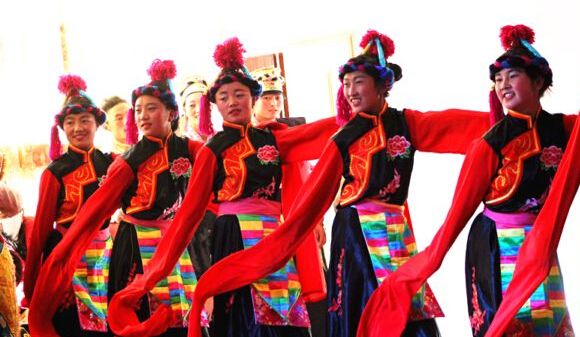
They sing anytime for any event and dance at festivals, weddings, gatherings and during their spare time.
Nearly every Tibetan can sing and dance. People who can talk can sing, and where there is crowd, there is dance. They sing anytime for any event and dance at festivals, weddings, gatherings and during their spare time. Tibetan dance and song are inseparable twins, If Tibetan sing, they are sure to dance, and they dance while singing. Tibetan dance has more than a thousand year history. Dances in Tibet can be divided into “xie” and “zhuo” two types. “Xie” is the major dancing type among Tibetan folks.
Guoxie Dance
Guoxie means “village” in Tibetan. It is a circle dance performed by a group of people popular in rural areas of Tibet. When performing Guoxie, men and women will dance hand in hand sing in rotation with cheers on the open ground. At festivals people dance and sing from sunset to sunrise. Guoxie may be the most spread dance in Tibet. People in everywhere may know how to perform this dance, but the most renowned version is found in the Shannan area.
Xie Dance
Xie is a dance to the accompaniment of a stringed instrument. In Tibetan language, Xie is called “Ye” or “Kangxie”. It is popular in Batang, Qamdo, Gyangze and areas of Qinghai. At festivals and outings men and women dance the Xie face to face in two lines. They are usually directed by one person at the head of their formation, playing a stringed instrument made of ox horn. The participants sing to each other to express their feelings waving sleeves while turning is the symbolic posture of Xie. This dance is graceful and natural characterized by slow steps.
Guozhuang Dance
Guozhuang (singing and dancing) dance is popular among farmers and herdsmen in eastern Tibet. It consists of two parts, singing, and dancing Guozhuang, a term often used, is homophonic with Guoxie in Tibetan and means singing and dancing in a circle. The tempo in the beginning is slow and as the song progresses the tempo speeds up. They performers conclude their singing by shouting "Ya!"
Qamo Dance
Qamo is a religious dance related to the Tibetan Buddhism. It is used to subdue evil spirits in monasteries. Originally the Qamo dance was a mime dance where participants wore ceremonial masks. A traditional livestock sacrificing ceremony was held. Since the killing of livestock goes against Buddhist doctrine, livestock are no longer killed. Drawings are now substituted. At the end of the dance the performers take an effigy Duoma (the leading demon), made of butter and tsampa into wildness to burn it, which will drive away evil and bring good fortune in the coming year.
Zhuoxie
Zhuoxie was originally created for blessing ceremonies. Because blessing ceremonies have passed generation to generation, Zhuoxie dance also has kept since the ancient time. The representative instrument of Zhuoxie dance is the oval waist drums.
Performance of Zhuoxie can be divided into three parts. The first part is entirely dance with the change rhythm from slow tempos to fast ones. According to the drumbeat, dancers can express their feelings while drummers can show their beating skills at the same time. The second part is singing. Holding tall feathers, the troupe, in a semicircle facing the audience, sing songs to express their wishes for a happy occasion. In the third part the performers beat the drums while singing. They conclude the performance with a bow to the audience.
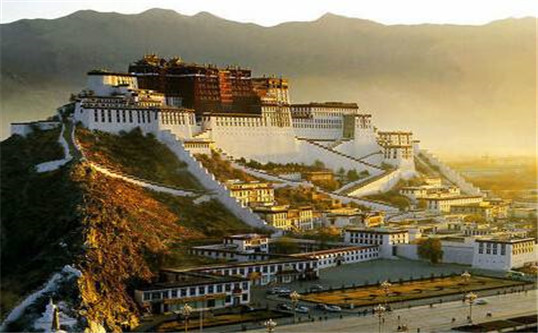
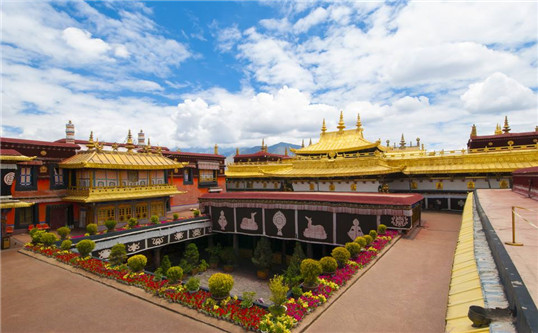
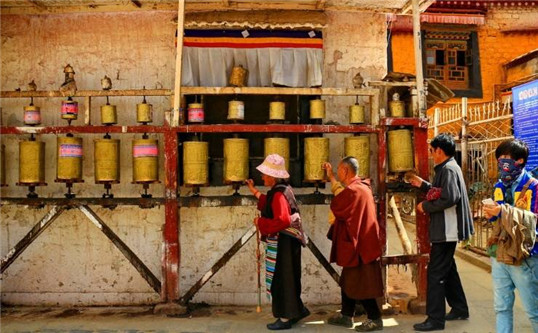
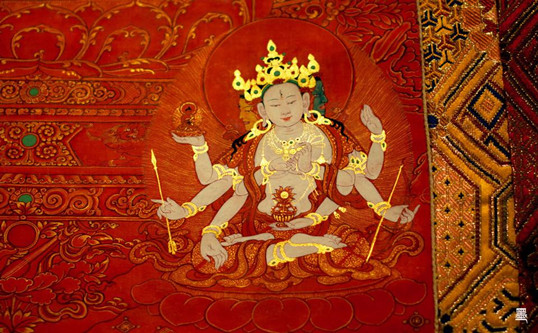
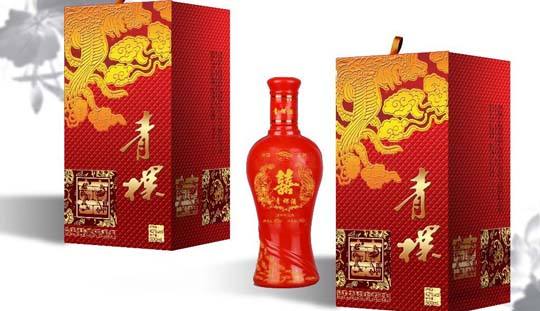
| NAME |
| EMAL |
| MESSAGE which includes pax & tour dates |
| Success China Tours North America Department Beijing Golden Peak International Travel Service Co., Ltd | |
| Telephone:86 10 83065275 | |
| Email:info@successchinatours.com | |
| Address:Room214, Zone A, No.4-6 BaiguangRoad, Xicheng District, Beijing |

Professional Travel Service for All Your China Travel Needs
Copyright © 2001 - 2018, Success China Tours